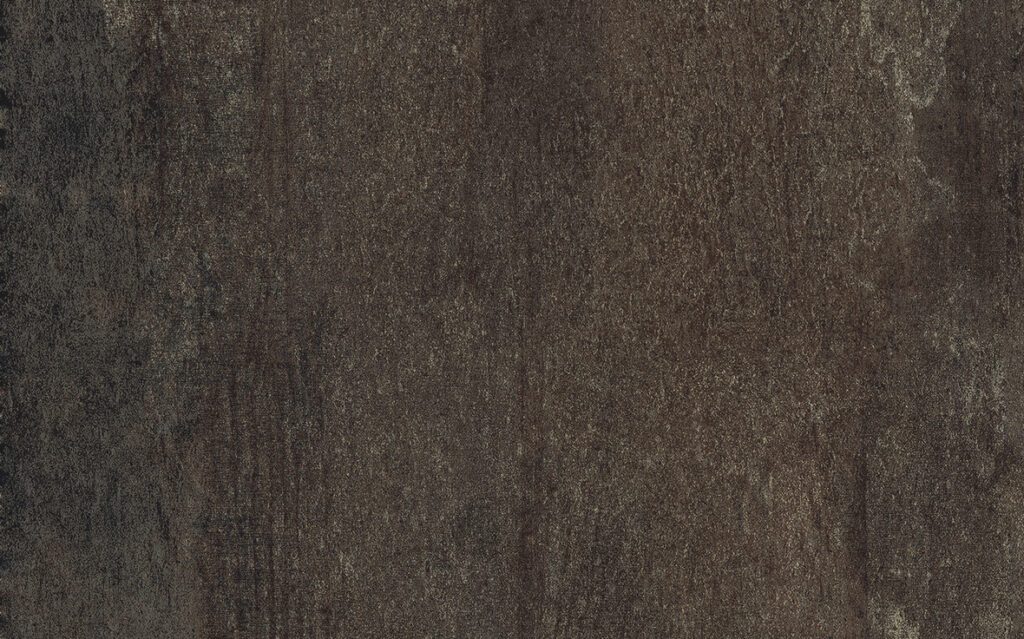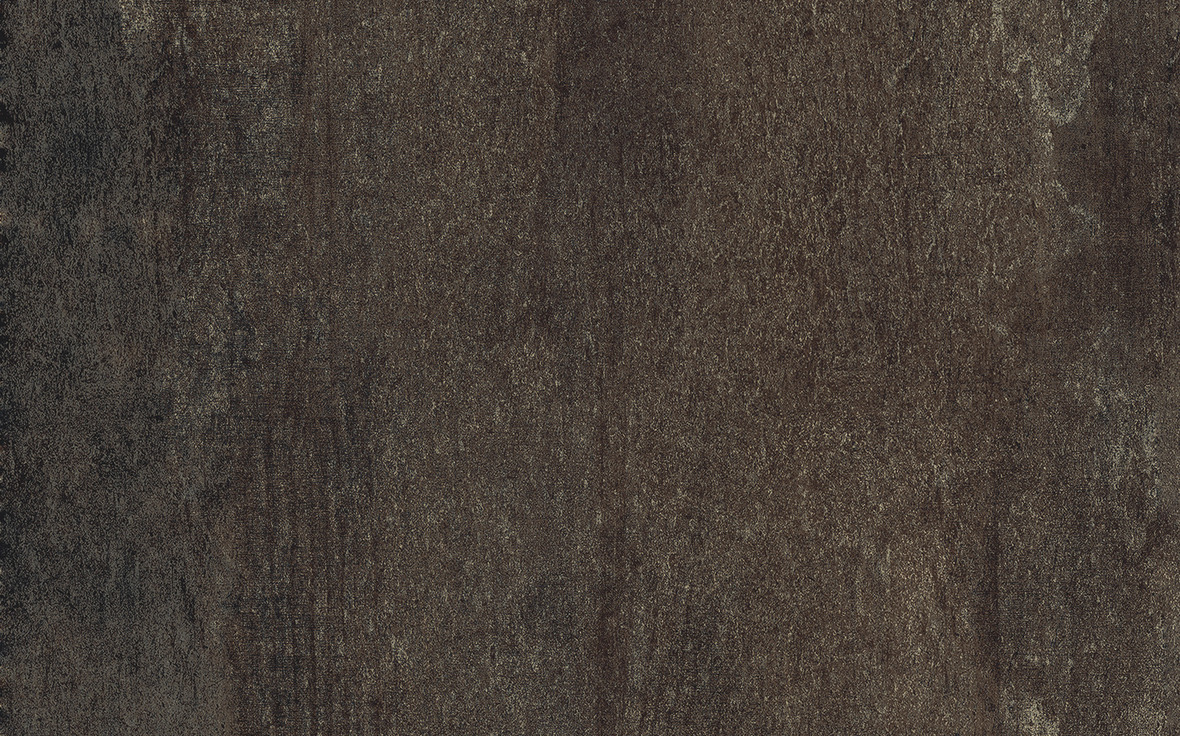
Embracing the Patina: The Allure and Application of Rust Tiles
Rust tiles, with their unique and weathered appearance, are increasingly becoming a sought-after design element in both residential and commercial spaces. These tiles offer a raw, industrial aesthetic that can add character and depth to any environment. From creating a striking backsplash in a modern kitchen to providing a durable and visually interesting flooring option in a high-traffic area, rust tiles offer versatility and a distinctive style. This article delves into the world of rust tiles, exploring their composition, application, maintenance, and the overall appeal that makes them a favorite among designers and homeowners alike.
Understanding Rust Tiles: Composition and Creation
The term “rust tiles” encompasses a variety of materials and manufacturing processes. It’s crucial to understand the nuances to choose the right type for your project. Some rust tiles are made from actual metal that has been treated to accelerate the oxidation process, creating a genuine rusted surface. Others are ceramic or porcelain tiles that are designed to mimic the look of rust through advanced printing and texturing techniques. Still, others utilize natural stone with inherent iron deposits that create a rust-like appearance over time.
- Real Metal Rust Tiles: These tiles are typically made from steel or iron and are treated with chemicals or exposed to the elements to encourage rusting. The rusting process is often controlled to achieve a specific look and prevent excessive corrosion. A sealant is typically applied to protect the surface and prevent the rust from transferring to other materials.
- Porcelain and Ceramic Rust-Effect Tiles: These tiles are crafted to replicate the look of rusted metal through high-resolution printing and texturing. They offer the aesthetic of rust without the potential drawbacks, such as staining or ongoing maintenance. They are also generally more affordable than real metal options.
- Natural Stone Rust Tiles: Certain types of natural stone, such as slate or quartzite, contain iron deposits that oxidize over time, creating a natural rust-colored patina. These tiles offer a unique and organic look, with variations in color and texture that add to their appeal.
The Appeal of Rust Tiles: Aesthetic and Functional Benefits
The popularity of rust tiles stems from a combination of aesthetic and functional benefits. Their unique appearance adds character and visual interest to any space, while their durability and ease of maintenance make them a practical choice for high-traffic areas.
Aesthetic Advantages
- Industrial Chic: Rust tiles perfectly complement the industrial design trend, which emphasizes raw materials, exposed structures, and a minimalist aesthetic.
- Vintage Charm: They can also evoke a sense of vintage charm, adding a touch of history and character to a space.
- Unique Texture and Color: The varied textures and colors of rust tiles create a visually dynamic surface that adds depth and interest.
- Versatility: Rust tiles can be used in a variety of applications, from flooring and walls to backsplashes and accent pieces.
Functional Advantages
- Durability: Porcelain and ceramic rust-effect tiles are highly durable and resistant to scratches, stains, and water damage. Real metal rust tiles, when properly sealed, can also offer good durability.
- Low Maintenance: Most rust tiles are easy to clean and maintain, requiring only regular sweeping or mopping.
- Slip Resistance: Some rust tiles, particularly those with a textured surface, offer good slip resistance, making them a safe choice for bathrooms and kitchens.
- Cost-Effective: Porcelain and ceramic rust-effect tiles provide the look of rust at a fraction of the cost of real metal options.
Applications of Rust Tiles: Interior and Exterior Design
Rust tiles are incredibly versatile and can be used in a wide range of applications, both indoors and outdoors. Here are some popular ways to incorporate rust tiles into your design:
Interior Applications
- Kitchen Backsplashes: Create a striking focal point in your kitchen with a rust tile backsplash. The weathered look adds character and complements both modern and traditional styles.
- Bathroom Walls and Floors: Rust tiles can add a touch of industrial chic to your bathroom. Use them on the walls to create a dramatic effect or on the floor for a durable and slip-resistant surface.
- Living Room Accent Walls: Create a unique and eye-catching accent wall in your living room with rust tiles. This can add depth and texture to the space.
- Fireplace Surrounds: Frame your fireplace with rust tiles to create a cozy and inviting atmosphere. The rustic look complements the warmth of the fire.
- Flooring: Use rust tiles as flooring in high-traffic areas such as entryways or hallways. Their durability and slip resistance make them a practical choice.
Exterior Applications
- Outdoor Patios: Create a stylish and durable outdoor patio with rust tiles. Their weathered look blends seamlessly with the natural environment.
- Pool Surrounds: Use rust tiles around your pool to create a slip-resistant and visually appealing surface.
- Exterior Walls: Add a touch of industrial chic to your home’s exterior with rust tiles. This can create a unique and eye-catching facade.
- Garden Pathways: Create a rustic and charming garden pathway with rust tiles.
Installation and Maintenance of Rust Tiles
The installation and maintenance of rust tiles depend on the type of material used. It’s essential to follow the manufacturer’s instructions and use appropriate tools and materials for the job.
Installation Tips
- Surface Preparation: Ensure that the surface is clean, dry, and level before installing the tiles.
- Adhesive Selection: Choose an adhesive that is appropriate for the type of tile and the substrate.
- Grouting: Use a grout that complements the color and texture of the tiles. Consider using a stain-resistant grout to prevent discoloration.
- Sealing: Seal real metal rust tiles to protect the surface and prevent the rust from transferring to other materials.
Maintenance Tips
- Regular Cleaning: Clean rust tiles regularly with a mild detergent and water. Avoid using harsh chemicals or abrasive cleaners.
- Sealing: Reapply sealant to real metal rust tiles periodically to maintain their protective coating.
- Stain Removal: Remove stains promptly to prevent them from setting. Use a stain remover that is appropriate for the type of tile.
- Preventing Rust Transfer: Place mats or rugs near entrances to prevent dirt and debris from scratching the surface of the tiles.
Choosing the Right Rust Tiles for Your Project
Selecting the appropriate rust tiles for your project involves carefully evaluating your budget, desired aesthetic, and the specific requirements of the space. Consider the following factors:
- Budget: Real metal rust tiles are typically more expensive than porcelain or ceramic rust-effect tiles.
- Aesthetic: Consider the overall style of your space and choose rust tiles that complement the existing decor.
- Durability: Choose tiles that are durable enough to withstand the wear and tear of the intended use.
- Maintenance: Consider the amount of maintenance required and choose tiles that are easy to clean and maintain.
- Location: Consider the location of the tiles and choose a material suitable for the environment. For example, outdoor tiles should be frost-resistant.
Rust Tiles: A Lasting Design Trend
Rust tiles offer a unique blend of aesthetic appeal and functional benefits, making them a popular choice for both residential and commercial spaces. Whether you’re looking to create an industrial chic kitchen backsplash, a vintage-inspired bathroom, or a durable outdoor patio, rust tiles can add character and depth to any environment. By understanding the different types of rust tiles available, their applications, and maintenance requirements, you can make an informed decision and choose the perfect tiles for your project. The growing popularity of rust tiles solidifies their place as a lasting design trend, offering a timeless and versatile solution for creating visually stunning and functional spaces. [See also: Installing Metal Backsplash Tiles] The raw beauty and unique patina of rust tiles ensure they will remain a sought-after material for years to come. The options for using rust tiles are nearly limitless, allowing for creative expression and personalized design. Choosing the right rust tiles can elevate any space. Many homeowners are now opting for rust tiles because of their unique aesthetic. The durability of rust tiles also makes them a practical choice. The look of rust tiles offers a blend of modern and rustic charm. Consider rust tiles for your next renovation project. Rust tiles are a great way to add character to any room. Properly installed rust tiles can last for many years. The versatility of rust tiles makes them a popular choice among designers. Explore the possibilities with rust tiles and transform your space. Rust tiles provide a durable and stylish option for floors and walls. The unique texture of rust tiles adds depth to any design. The industrial look of rust tiles is currently trending in interior design. Incorporating rust tiles can instantly update the look of your home. The color variations in rust tiles make each installation unique. With careful selection, rust tiles can complement any decorating style. If you’re looking for a unique and durable tile option, consider rust tiles. Rust tiles are an excellent choice for adding a touch of rustic elegance. The application of rust tiles can transform ordinary spaces into extraordinary ones. The enduring appeal of rust tiles makes them a worthwhile investment. The use of rust tiles is a testament to their versatility and timeless design.

